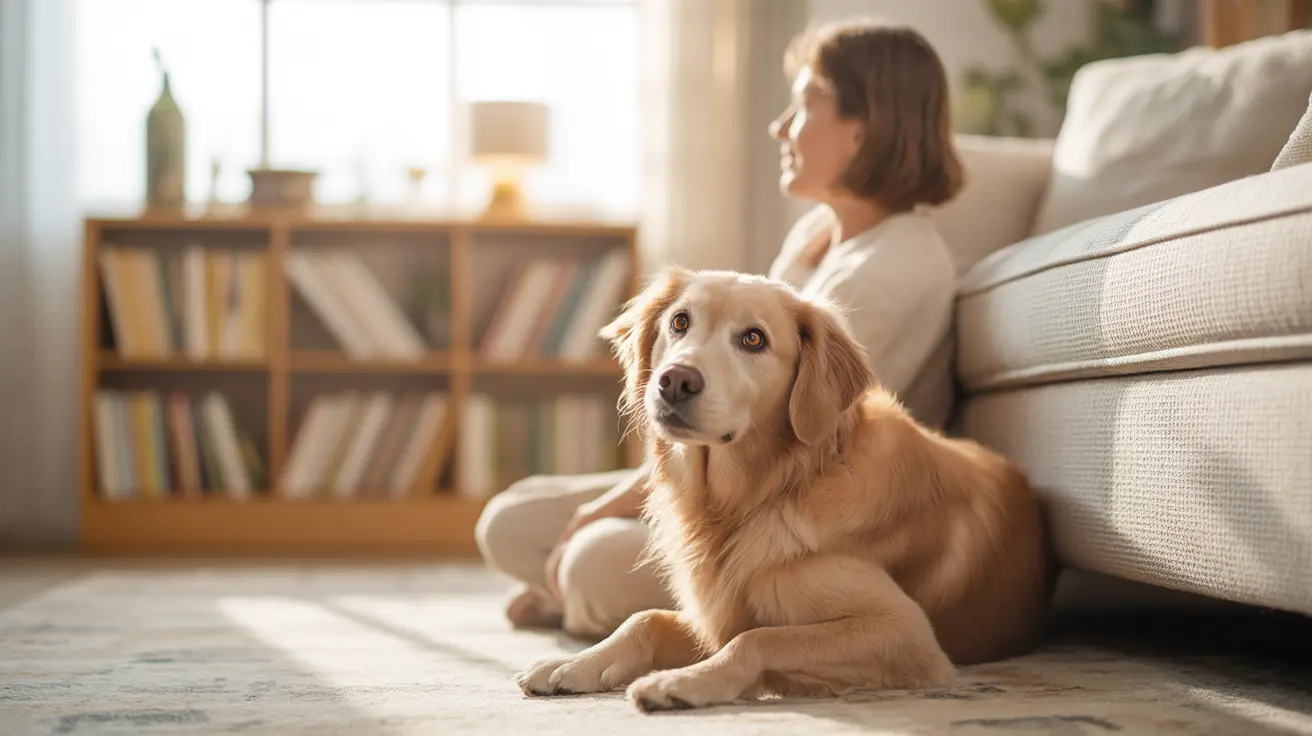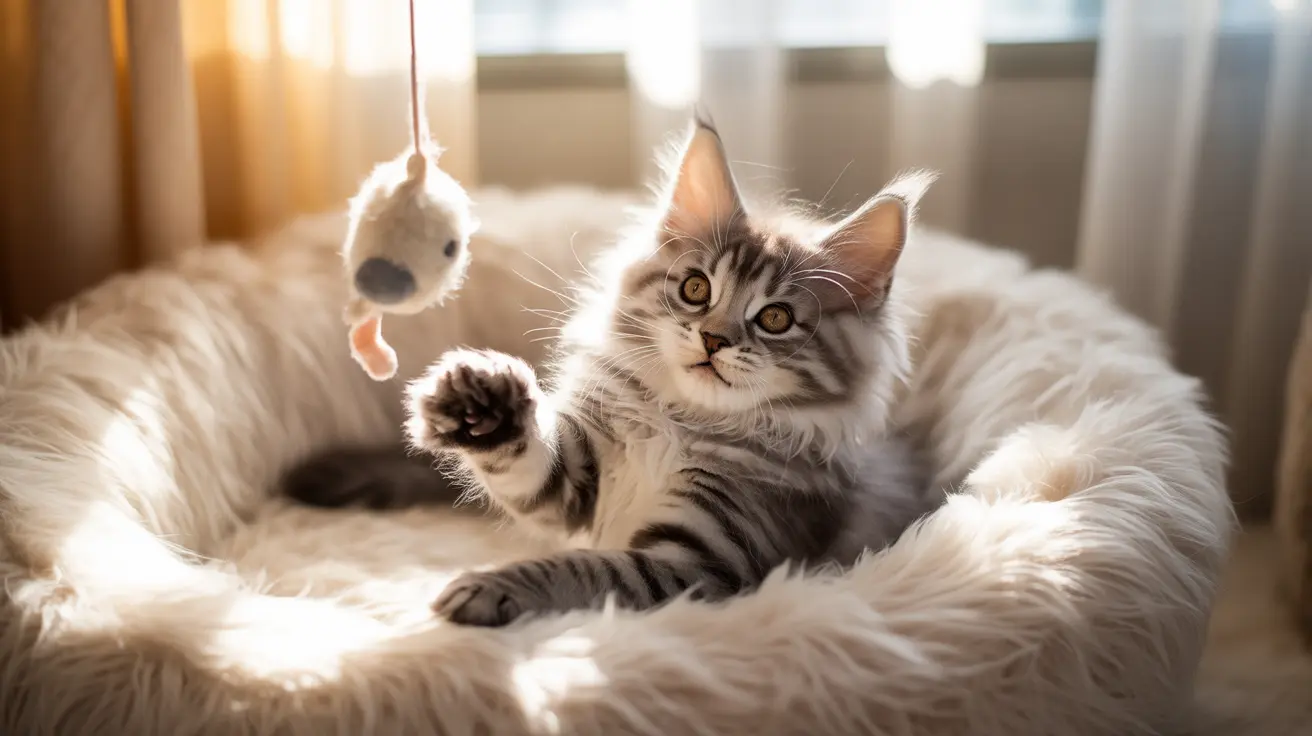Understanding the German Shepherd Lab Mix (Sheprador)
The German Shepherd Lab mix, often called a Sheprador or Labrashepherd, blends two of the most beloved breeds: the German Shepherd and the Labrador Retriever. These dogs are prized for their intelligence, loyalty, and versatility, making them popular companions for families and active individuals alike.
Appearance
Shepradors are usually medium to large in size, weighing between 50 and 100 pounds and standing about 20 to 27 inches tall. Their coats can be short to medium in length—dense, straight, and double-layered with a soft undercoat beneath a thicker topcoat. You’ll find Shepradors in an array of colors: black, black and tan, sable, chocolate, cream, yellow, red, or even mixed with markings from either parent. Ears may be floppy like a Labrador’s or stand more upright like a German Shepherd’s. Their tails are often bushy and expressive. Most have brown eyes that exude warmth and intelligence.
Temperament and Personality
This mix is renowned for its intelligence, energy, loyalty, and ease of training. Shepradors make excellent family pets when properly socialized—they’re affectionate with children and typically get along well with other animals. They thrive on companionship; many owners describe them as "velcro dogs" because they love being close to their people.
- Highly social—enjoys time with both humans and other dogs
- Protective instincts may surface (thanks to their German Shepherd side), making them alert but approachable with good training
- Labrador traits bring playfulness and a strong desire to please
If you’re looking for an active partner who wants to be part of every adventure (and maybe even nap at your feet afterward), this mix will fit right in.
Training and Behavior
Shepradors are quick learners who respond best to consistent training using positive reinforcement. Early socialization is key—exposing them to different people, environments, sights, and sounds helps shape their confidence. They excel at obedience work but also shine in activities like agility courses, scent work, tracking games, retrieving exercises, or just learning new tricks.
- Mental stimulation is crucial—without it they may become bored (and destructive)
- Physical exercise needs are high: aim for at least an hour of activity daily
They love interactive play such as fetch or tug-of-war. Many enjoy swimming or hiking alongside their owners—anything that keeps both mind and body engaged.
Health and Lifespan
The average lifespan for a Sheprador is about 10 to 14 years if cared for properly. While hybrid vigor can sometimes reduce inherited health issues seen in purebreds, both parent breeds do share some risks:
- Hip/elbow dysplasia (joint problems)
- Bloat (gastric torsion)
- Progressive retinal atrophy (vision loss)
- Degenerative myelopathy (spinal disease)
- Epilepsy
- Allergies (skin/food sensitivities)
- Ear infections (especially if ears are floppy or after swimming)
- Tendency toward obesity if overfed or under-exercised
Routine veterinary care—including joint monitoring—and maintaining proper weight through diet/exercise are essential for long-term health. Reputable breeders screen parents for genetic conditions; many Shepradors also find homes through rescues or shelters.
Grooming and Care
This breed sheds year-round—expect heavier shedding during seasonal changes (“blowing coat”). Brushing two or three times weekly keeps fur manageable; use a bristle brush or deshedding tool for best results. Bathe only when necessary so you don’t dry out their skin. Check ears regularly (especially after water play) to prevent infections; trim nails as needed; provide dental chews or brush teeth routinely.
Feeding Requirements
A balanced diet tailored to age, size, and activity level is vital. Puppies need three meals daily while adults do well on two meals per day. Portion control helps prevent overeating—and slow-feeder bowls can slow down fast eaters (reducing bloat risk). Treats should make up less than 10% of daily calories; consult your vet for food recommendations suited to your dog’s needs.
Living Needs & Environment
A Sheprador thrives where there’s room to move—a house with a yard is ideal but apartment living works if you’re committed to daily exercise outings. These dogs crave human company; leaving them alone too long can lead to separation anxiety. Early socialization ensures they’re confident around new people/situations—and helps balance any protective tendencies inherited from the German Shepherd side.
The Ideal Owner
- Loves outdoor activities—walks, runs, hikes
- Has time for training/socialization each day
- Tolerates regular shedding/grooming chores
This breed isn’t hypoallergenic so allergy sufferers should look elsewhere. The Sheprador suits families who want an energetic companion ready for fun—and who understand the importance of positive reinforcement training.
The Hybrid Factor: Variability Among Individuals
No two Shepradors look—or act—exactly alike! Some resemble Labradors more closely; others take after their German Shepherd parent in appearance or temperament. Ears might flop or stand up; personalities range from outgoing extrovert to more reserved protector depending on genetics and upbringing.
The Bottom Line
If you’re searching for an intelligent dog eager to join every adventure—and you’ve got the time/energy they require—the German Shepherd Lab mix could be your perfect match. With proper care—including grooming, nutrition, exercise, socialization—they’ll reward you with years of loyal companionship.





